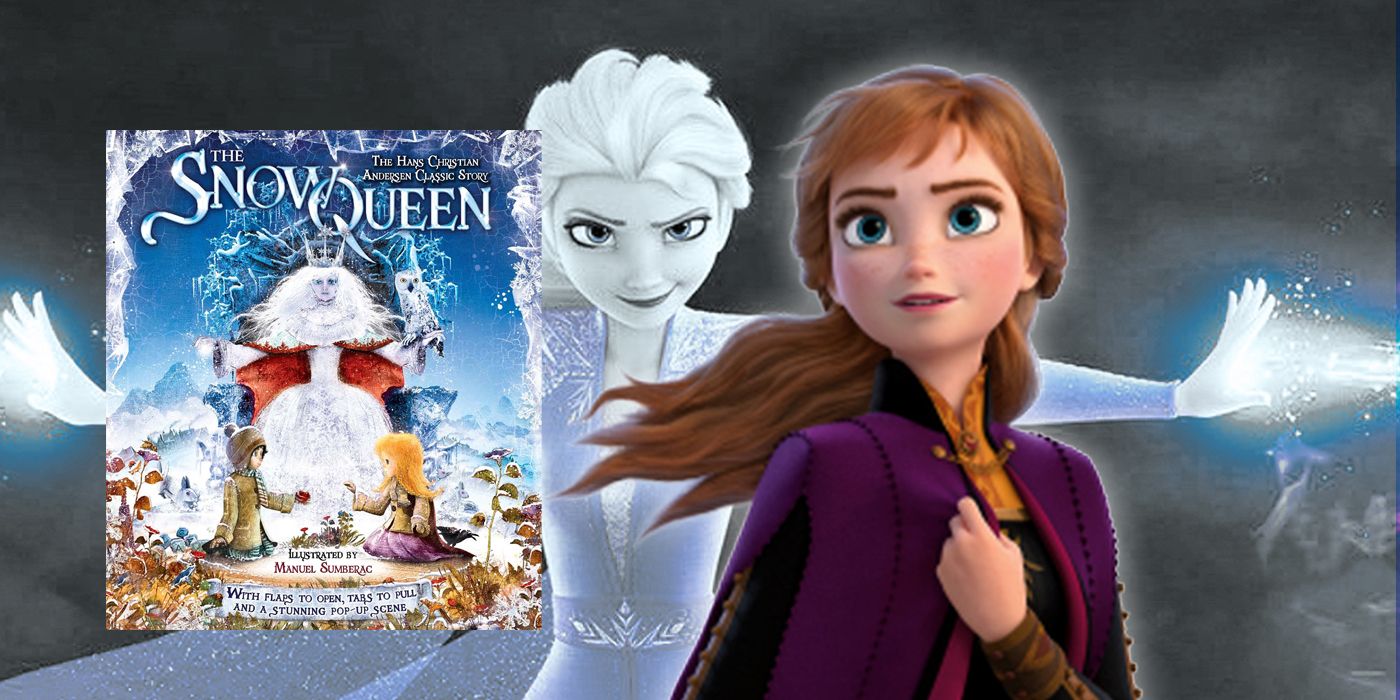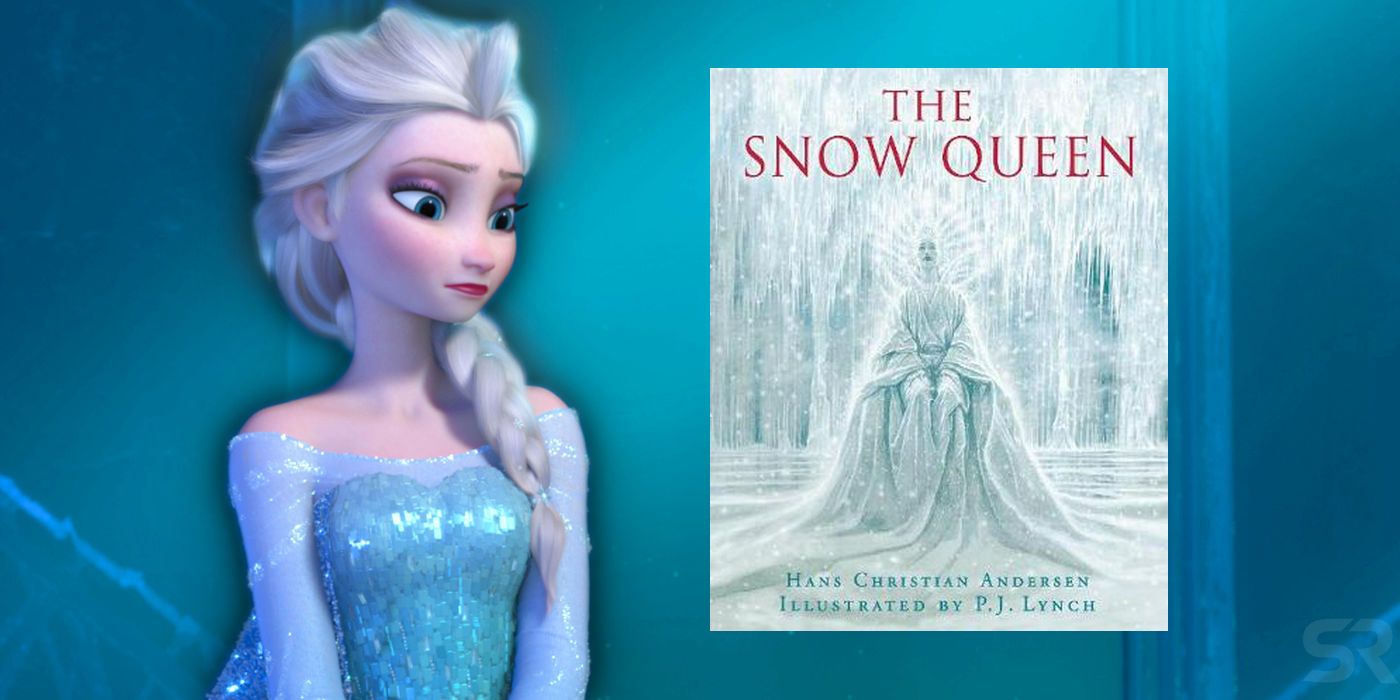When Disney released Frozen in 2013, the tale of royal sisters Elsa and Anna proved to be one of the studio's biggest hits, winning two Oscars, grossing over $1.2 billion at the box office, and bringing the increasingly-obscure Hans Christian Andersen tale upon which it is based roaring back into pop culture relevance. But bringing The Snow Queen to the big screen was an ordeal that took Disney more than half a century to accomplish.
Disney has adapted other Hans Christian Andersen stories with varying degrees of modernization, from the relatively faithful adaptation of The Little Mermaid to The Emperor's New Clothes, which served as very distant inspiration for the drastically reworked The Emperor's New Groove. In this vein, The Snow Queen lacked many key elements that would end up in Frozen, most importantly the central sister dynamic, and while the changes to The Snow Queen do manage to make Frozen feel distinctly modern, the root problem that inspired those changes was apparent from the earliest stages of ideation: the villainous Snow Queen who would eventually become Queen Elsa.
Disney began considering an adaptation of The Snow Queen in the 1930s, but felt unable to translate the motivations of the title character onto the screen. This problem was abandoned when the studio refocused on propaganda during World War II and wouldn't be revisited until Walt Disney Animation Studios had re-established its industry dominance in the 1990s following the Disney Renaissance. Many of the creatives attached to or eyed for the project then would eventually leave for other ventures.
Frozen as it was released began in earnest in 2008 when Chris Buck pitched an embryonic version of the idea. Still meant to be produced using traditional 2D animation, the film (then called Anna and the Snow Queen) languished in limbo until late 2011, when it would finally be given the name Frozen and the sibling relationship between Elsa and Anna would be established.
In early 2012, songwriting duo Kristen Anderson-Lopez and Robert Lopez and screenwriter Jennifer Lee, who would be promoted to co-director, joined the project, setting it on the home stretch. The eventual smash hit "Let It Go," which at last cemented Elsa's sympathetic nature in the story and positioned Hans as the sole villain, further distanced Frozen from The Snow Queen. Given the film's message, it's appropriate that Frozen would find its final, much-celebrated form by taking what was previously deemed a distant, unrelatable character and giving her a means of truly connecting with people.


